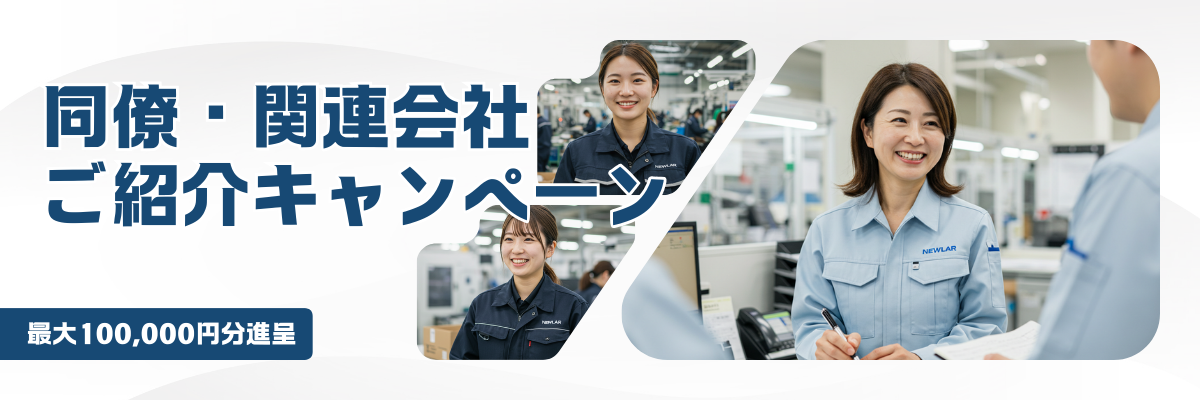- お役立ち記事
- Ceramic low-temperature synthesis technology using nano-micro composite powder: Application and development of new synthesis technology

Ceramic low-temperature synthesis technology using nano-micro composite powder: Application and development of new synthesis technology

目次
Introduction to Ceramic Low-Temperature Synthesis Technology
The development of ceramic materials plays a crucial role in various industries, including electronics, aerospace, and healthcare.
One emerging technology that has gained significant attention is ceramic low-temperature synthesis technology.
This innovative approach involves using nano-micro composite powder to create ceramics at lower temperatures.
In this article, we will delve into the applications and development of this new synthesis technology.
The Basics of Nano-Micro Composite Powder
Nano-micro composite powders combine nanoscale and microscale particles to produce unique material properties.
These composite powders are engineered to improve the performance and functionality of ceramic materials.
Due to their small size, nano particles exhibit a higher surface area-to-volume ratio, allowing for enhanced reactivity and sintering at lower temperatures.
Advantages of Nano-Micro Composite Powder
The use of nano-micro composite powders in ceramic synthesis technology offers numerous benefits.
Firstly, the lower sintering temperature reduces energy consumption and production costs.
This makes the technology more environmentally friendly and economically viable.
Additionally, ceramics produced through this method demonstrate improved mechanical properties, including strength and durability.
The nano particles contribute to a more uniform material structure, reducing the likelihood of defects and improving overall quality.
Applications of Low-Temperature Synthesis Technology
Ceramic materials synthesized at low temperatures have a wide range of applications across various industries.
Electronics and Semiconductors
In the electronics industry, low-temperature ceramics are crucial for developing advanced semiconductor devices.
These ceramics serve as dielectric materials in capacitors and insulators, ensuring efficient energy storage and transfer.
The ability to synthesize ceramics at lower temperatures allows for integration with other temperature-sensitive materials, opening doors to innovative electronic devices.
Aerospace Engineering
The aerospace industry benefits from the lightweight and heat-resistant properties of low-temperature ceramics.
These materials are used in the manufacturing of turbine blades, engine components, and thermal protection systems.
The reduced weight contributes to fuel efficiency, while the enhanced thermal resistance ensures durability and safety in extreme environments.
Healthcare and Biotechnology
In healthcare, ceramics play a vital role in the development of medical implants and devices.
Low-temperature synthesis enables the production of ceramics that are biocompatible and suitable for implantation within the human body.
These materials are used in dental implants, bone grafts, and joint replacements, providing patients with safe and reliable solutions.
Advancements in Synthesis Technology
Recent advancements in ceramic low-temperature synthesis technology have paved the way for further innovation and development.
Improved Manufacturing Techniques
Researchers are continually exploring new techniques to enhance the efficiency and scalability of low-temperature synthesis.
Advanced methods such as sol-gel processing and spark plasma sintering have been developed to optimize the production process.
These techniques offer better control over material properties, resulting in ceramics with tailored characteristics to suit specific applications.
Exploration of New Composite Materials
The ongoing research focuses on developing novel composite materials by combining different types of nanoparticles and microstructures.
By fine-tuning the composition and arrangement of these particles, scientists can achieve ceramics with specific electrical, thermal, and mechanical properties.
This opens up exciting possibilities for creating materials that meet the demands of emerging technologies.
Challenges and Future Prospects
While the potential of ceramic low-temperature synthesis technology is immense, several challenges remain to be addressed.
Material and Process Optimization
Optimizing the material composition and processing parameters is crucial for achieving consistent and reproducible results.
As the technology evolves, there is a need for standardized protocols and guidelines to ensure quality control and reliability in the production process.
Cost and Scalability
Although low-temperature synthesis reduces energy consumption, the cost of nano-micro composite powders can still be a limiting factor.
Efforts are needed to develop cost-effective manufacturing techniques and explore alternative raw materials to make the technology more accessible to a broader range of industries.
Conclusion
Ceramic low-temperature synthesis technology using nano-micro composite powder holds great promise for revolutionizing the field of ceramics.
With its numerous advantages in terms of energy efficiency, enhanced material properties, and diverse applications, it represents a significant advancement in material science.
As research and development efforts continue, this innovative technology is expected to pave the way for new applications and contribute to the advancement of various industries in the near future.
 資料ダウンロード
資料ダウンロード
QCD調達購買管理クラウド「newji」は、調達購買部門で必要なQCD管理全てを備えた、現場特化型兼クラウド型の今世紀最高の購買管理システムとなります。
 ユーザー登録
ユーザー登録
調達購買業務の効率化だけでなく、システムを導入することで、コスト削減や製品・資材のステータス可視化のほか、属人化していた購買情報の共有化による内部不正防止や統制にも役立ちます。
 NEWJI DX
NEWJI DX
製造業に特化したデジタルトランスフォーメーション(DX)の実現を目指す請負開発型のコンサルティングサービスです。AI、iPaaS、および先端の技術を駆使して、製造プロセスの効率化、業務効率化、チームワーク強化、コスト削減、品質向上を実現します。このサービスは、製造業の課題を深く理解し、それに対する最適なデジタルソリューションを提供することで、企業が持続的な成長とイノベーションを達成できるようサポートします。
 オンライン講座
オンライン講座
製造業、主に購買・調達部門にお勤めの方々に向けた情報を配信しております。
新任の方やベテランの方、管理職を対象とした幅広いコンテンツをご用意しております。
 お問い合わせ
お問い合わせ
コストダウンが利益に直結する術だと理解していても、なかなか前に進めることができない状況。そんな時は、newjiのコストダウン自動化機能で大きく利益貢献しよう!
(Β版非公開)


